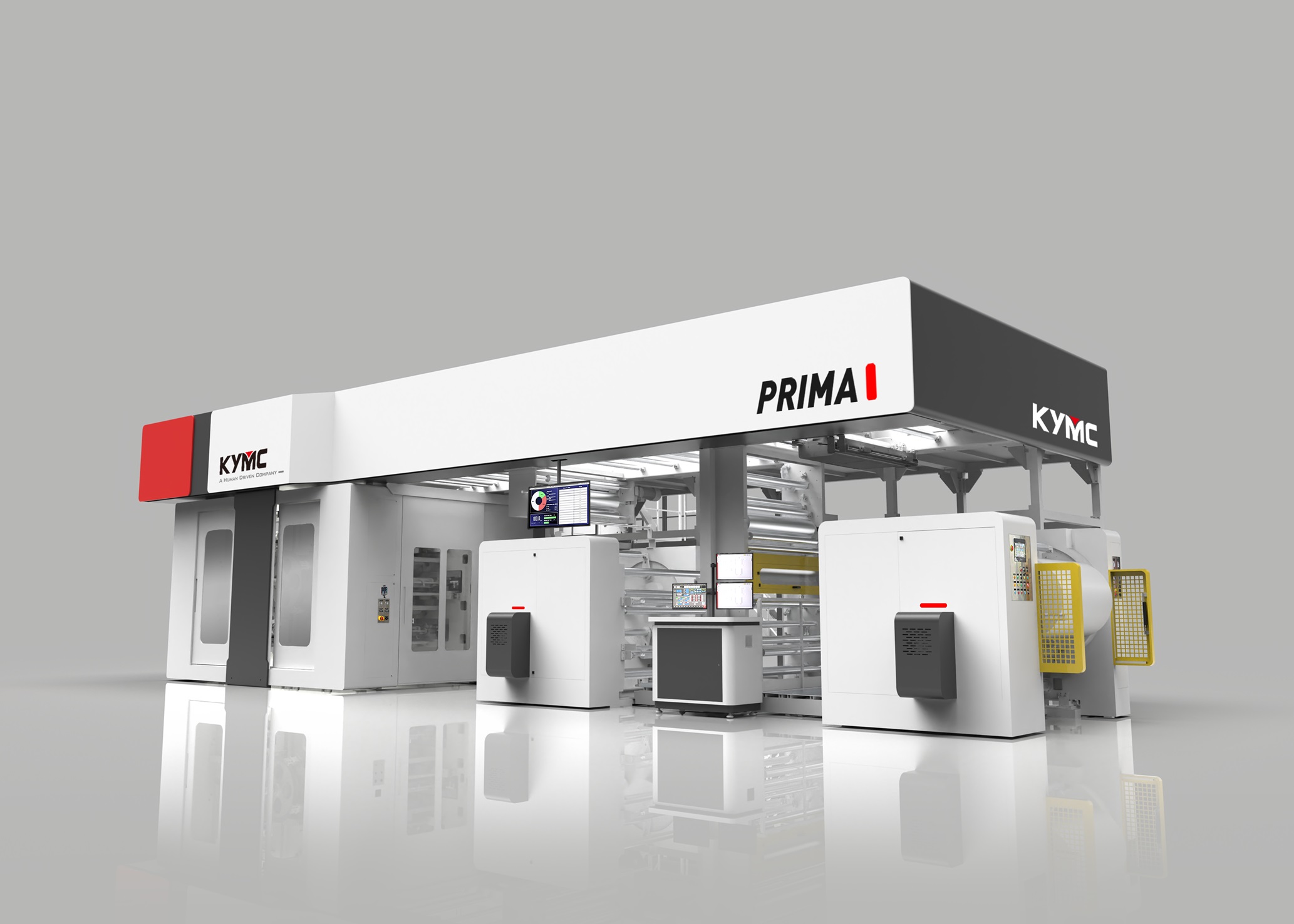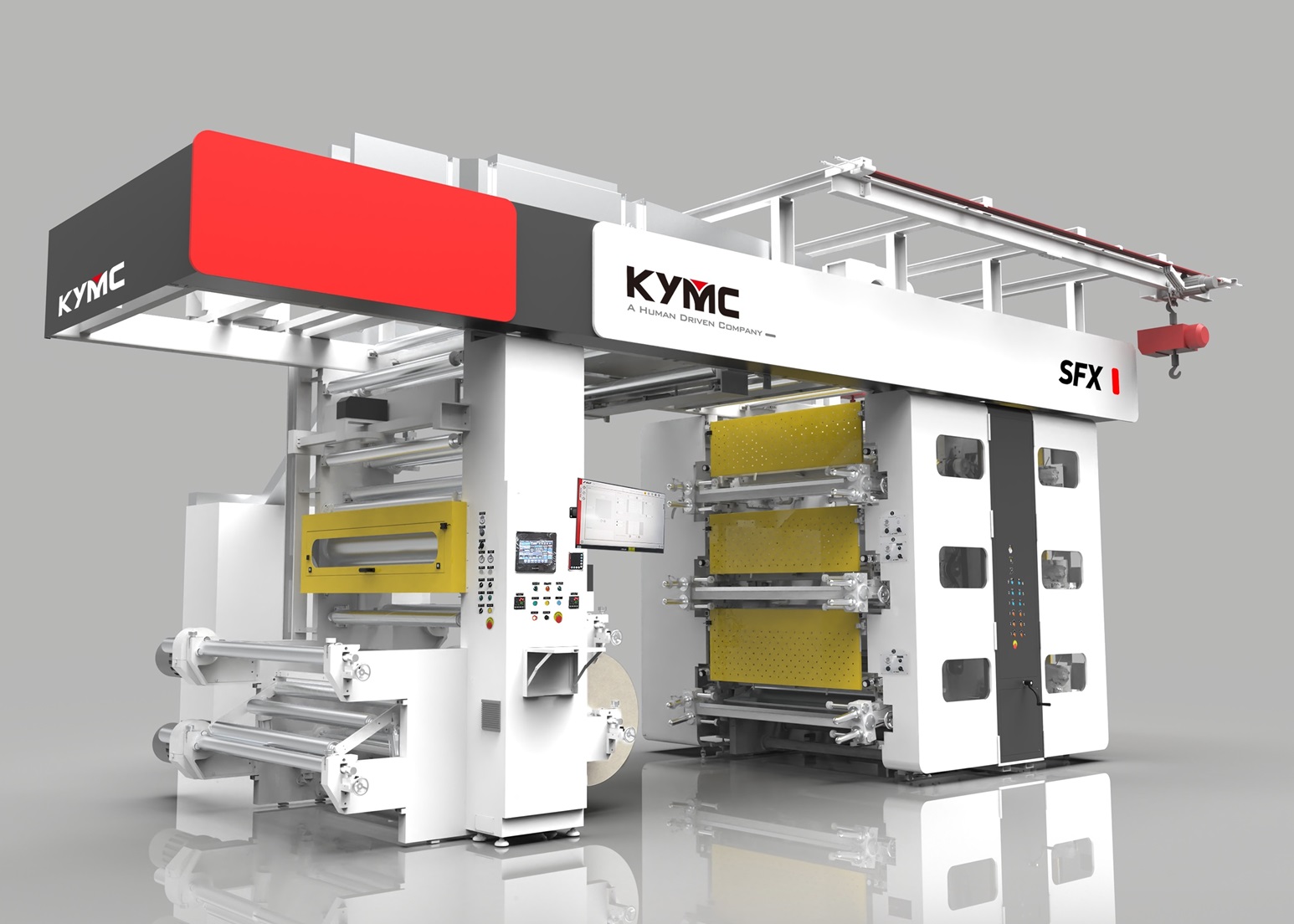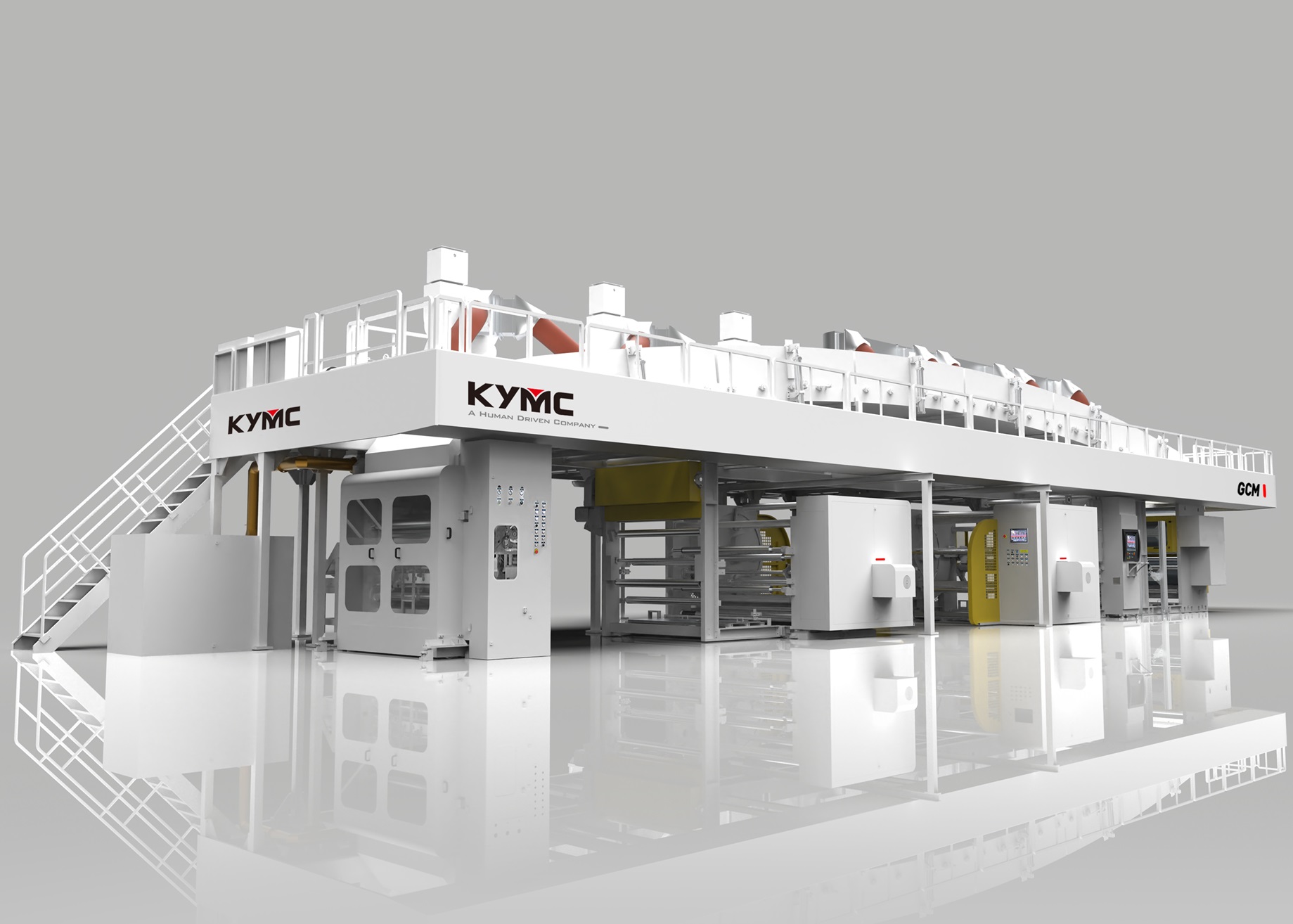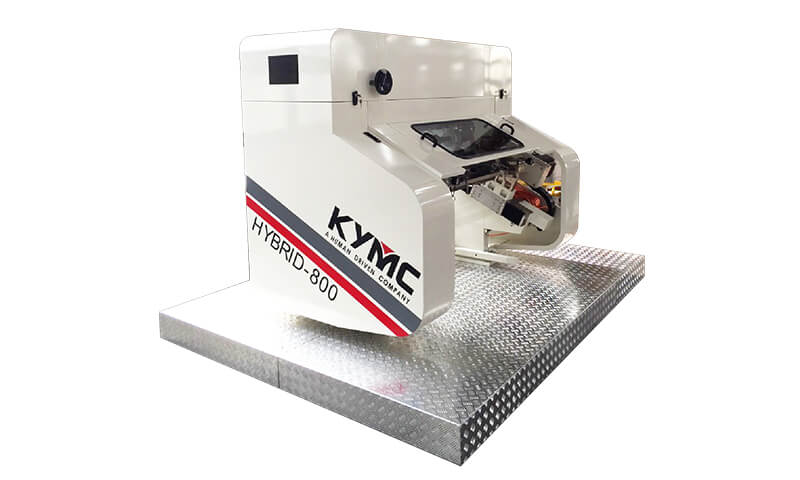A versatile lamination machine to meet your diverse packaging
.jpg)
As brands try their best effort to catch the attention of consumers, different packaging designs are created to achieve this goal. In turn, it is the printers’ and converters’ (coating and lamination) challenge to turn these different designs into down-to-earth packaging products. Surface-reverse printing is one of the ways to catch the consumer's eye. In the following article, we will discuss the two typical industrial processes related to surface-reverse printing/coating.
Reverse printing / digital printing + lamination + surface insert printing
Reverse printing can be pre-printed and re-winded into rolls. Different lamination procedures (solventless or solvent) can then be performed on the printed rolls according to the customer’s request. Finally, to provide a surface insert print to give the packaging a lifted touch or to use a surface insert printing to print images and contents such as date, barcodes, and serial numbers.
Reverse printing / digital printing + lamination + surface spot coating
Reverse printing to be printed and re-winded into rolls. Different lamination comes after. Then using an inline spot coating to achieve matt coating or to achieve gloss as the final touch. The spot or matt coating could be registered with the reverse image and to provide a stylish look!
You can use one single machine that integrates the insert printing, lamination, and coating function to complete the above process. The benefit of an integrated machine is to reduce waste across different tasks and to reduce the number of unwind and rewind processes needed. Therefore, if you are faced with many short-run jobs, go for an integrated machine.
Except for the multiplex order, the machine can also run each function individually. For instance, if the job only required inset printing/coating, the laminating unit could be bypassed, and vice versa. As a supplier to brands, you will be equipped with maximum flexibility to meet the brand’s requirements.
KYMC is experienced in designing integrated machines for the market. In the recent month, an order was placed for an integrated machine that combines the solventless lamination + inline spot coating + insert printing function. This customer is located in the mid-west region of the United States. The machine is expected to process film substrates such as PET, PP, and LDPE to produce different types of pouch bags. For accurate spot coating and insert printing at the tightest registration, the press is fully servo driven. At the same time, it is equipped with non-stop turret-type unwind and rewind for maximum efficiency. The most challenging part of designing this machine is to have the different tasks communicate and be dependent on each other to act as one during production.
As the brands are seeking more dynamic solutions to provide a variety of packaging designs to the market. Printers and converters need to take advantage of this opportunity to stand out by using the most efficient equipment to take on these challenges. Talk to a KYMC representative to discuss what type of equipment is most suitable for your printing and converting jobs, either an integrated machine with various functions or having separate machines for different functions.


























